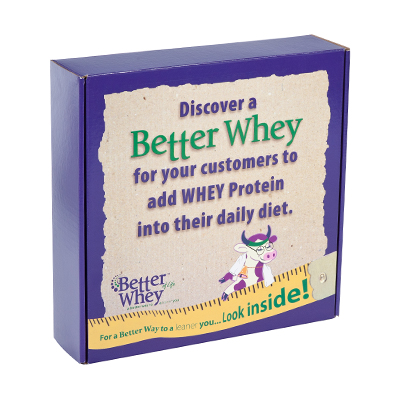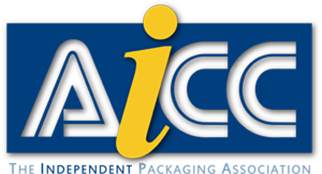It can be hard to make accurate predictions, and, like the weather, prognosticators are often wrong. The global corrugated packaging market is growing faster than expected, confounding some predictions that forecast a slowdown in corrugated consumption. A downturn in demand in China and the banning of contaminated recycled paper stocks has not fully materialized.
Many factors do and will continue to influence how companies use corrugated. Today we are going to highlight 5 that are having the most impact on design, supply chains and logistics.
E-commerce
E-commerce retail sales are continuing to climb, with estimates of around 15% annual growth in e-commerce trade in the United States.
Global online sales are expected to be over $5.5 trillion in 2023. This will have a major impact on packaging demand, especially in the corrugated industry as it represents 80% of demand in e-commerce.
The increasingly complex logistics chain for direct to consumer delivery – e-commerce packages are expected to be handled up to 20 times or more during standard distribution – means there is new demand for cost-effective secondary corrugated board packaging.
Demands from brand owners are now being felt by the converting industry as many brands now require the secondary pack to carry their image into the home, not just the retail outlet. This increases the need for converters to produce high-quality graphic designs on the shippers themselves.
Fit-to-product
Born out of e-commerce has been the advent of fit-to-product (FtP) or box-on-demand systems, driven by the needs of dedicated e-commerce sellers such as Amazon and Staples. This technology enables the production of customized secondary packaging based on the exact size of the product being packed, including irregular shapes. For the end-user this eliminates the need for large inventories of standard-sized boxes which often require copious amounts of filler material.
As FtP platforms become more popular, there will be more demand for boards sold as fanfold, as well as finishing equipment, such as printers, that can operate with them.
Sustainability
Corrugated board is proving popular in packaging as sustainability becomes a more important issue across the value chain – it is easy to recycle, and the pulp and paper industry is already adept at converting these into new generations of containerboard. These qualities mean there has been a rise in popularity of corrugated protective formats over polymer-based alternatives, such as expanded polystyrene (EPS) foams.
And don’t even get us started on how fun it can be to create something new out of your newly arrived box. We wrote a fun blog on that and you can find it here.
Retail changes
Retail-ready packaging has established itself as a major cost saver for retailers. Ongoing profit pressure is providing a catalyst to use more retail ready formats as a labor-saving solution, as it is estimated that these secondary packaging formats can reduce shelf restocking and handling costs by up to 50%. It is also particularly popular with sales into convenience stores or discount retailers such as Aldi and Walmart. For brands it gives the bonus of giving them greater control over the presentation of their goods within the retail space.
The expansion of e-commerce trade into the grocery sector is likely to have a slight impact on retail-ready packaging use as online sales do not require these pack types.
Corrugated cases will still be used to ship goods to an online retailers’ warehouse or ‘fulfilment center’ but these do not need to be retail-ready formats. The emergence of subscription box and meal kit services – which offer direct-to-consumer delivery of specialist food using a weekly or monthly subscription – are providing some new opportunity for corrugated board suppliers with delivery-friendly formats containing goods within a die-cut interior.
Digital printing advancements
As the digital print market matures, the corrugated sector, while still in its infancy, has developed a growing appetite for adoption of the process, and systems are now being developed to address the demands of the high-volume liner and post-production markets.
The flexibility of run-lengths, savings in set-up costs, the ability to personalize either relating to brands, regions, stores or individuals, and the level of quality now available through the latest technologies all combine to create a ‘perfect storm’ of growth opportunities for converters and printers.
Brand owners are recognizing the opportunities to grow dwindling brand loyalty through greater engagement with their customer base provided by these technological developments, and industry leaders see packaging as an important component in the creation of a memorable shopping experience that users will want to share via social media, which can drive marketing, encourage repeat business and attract new customers.
It’s an exciting time. Making predictions about the future is tough, but we try. It’s especially thrilling to be part of the creative and manufacturing side of things, and as always, we stand ready to help you leverage all the excitement and opportunity that awaits your brand, your product, your company and your success.





